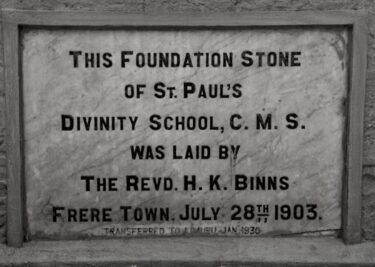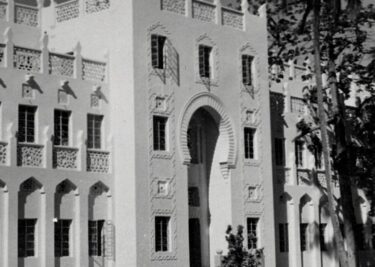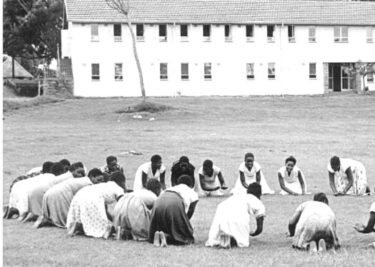The History of Egerton University

Image credit: Egerton University

Image credit: Egerton University
At the end of the First World War, European soldiers who fought under the crown received land for their excellent service. Lord Maurice Egerton, the Fourth Baron Egerton, was one of the soldiers compensated with vast acres of land. His parcel was in Nakuru’s agriculturally rich highlands under the Soldier Setttlement Scheme. This newly-owned land in Njoro impelled Lord Egerton’s immigration and settlement in Kenya in the 1920s.
As colonial roots sunk deep into the Kenyan soils, the British government took over the decision-making of every facet of the colony. This included its agricultural growth and direction. In September 1939, the government assessed and determined that it most needed basic produce like cereals and butter, as well as cash crops like flax and sisal. Following this ascertainment, a Settlement and Production Board convened to devise a policy for agriculture.
Establishing a Farm School
This board advised the government to establish a Secondary Farm School and a Training Farm. The aim would be to impart knowledge on the art and science of agriculture to European students, in order to meet the agricultural produce demands. This brilliant recommendation, however, encountered one challenge: land unavailability.
The quest for land to set these two institutions up concluded when Lord Egerton donated 500 acres of his Njoro farm for this cause. The institution earned the name Egerton Farm School in return for the generous gesture. By 1941, pieces of land were allotted to agricultural students and given short-term loans to cover crop production and animal husbandry.
Endurance through World War II
Like any other start-up, the Egerton Farm School wasn’t devoid of challenges. After barely surviving a locust invasion in its initial years, the Second World War truly tested the school’s existence. As the menfolk left for war, women and older men became the custodians of the farms, leaving about 40 percent of the farms neglected.
In 1945, the government decided to convert the school into a Soldier Settlement Centre. Here, soldiers returning from war could acquire parcels of land for personal use. White settlement on the farm went on until 1949 when plans to re-institute the school cropped up.
Egerton 2.0
Following this, the institution restarted, but as a conventional school of higher learning. In 1950, the school reopened as an agricultural college and by 1953, certificate and diploma students enrolled at Egerton Agricultural College. After its reinstitution, the college had a formidable management committee supported by other stakeholders, including local farmers. This committee anticipated that the college would, in coming years, rise to become a university awarding qualifications equivalent to the overseas ones.
Following the college’s display of robustness, it gained institutional independence. The Egerton Agricultural College Ordinance enacted in 1955. And the institution became in charge of its own control, provision, administration and governance.
Attaining University Status
As the college continued offering agricultural courses, its transformative mission didn’t go unnoticed. In 1979, a partnership between the Government of Kenya and the United States Agency for International Development (USAID) funded the infrastructural expansion of the college. Egerton Agricultural College enjoyed a stand-alone operation for over five years. It was then gazetted as a constituent college of the University of Nairobi in 1986. The move came from the need to make agricultural education accessible to all the people in Kenya. One year later, an Act of Parliament saw to it that the college climbed to the pinnacle of institutional ladders to become a fully-fledged university.
A Centre of Excellence
Immense growth accurately defines present-day Egerton University. It has a current enrollment of over 35, 000 students placed in its 10 faculties. These faculties are distributed among its three campuses and one constituent college.
Additionally, Egerton University has sired other academic institutions in Kenya. Kisii, Laikipia and Chuka Universities all began as constituent colleges under the mentorship of Egerton University before the award of a charter. Another spinoff from the university is the Tegemeo Institute of Agricultural Policy and Development. The school is a research and extension institution born out of a Policy and Analysis Matrix in 2013.
Egerton University truly oozes the wisdom of age and exudes the confidence of newness that comes with embracing change. Have you ever been to any of the campuses of this iconic institution? Describe in your own words how you find Egerton University.
#KeSchools



